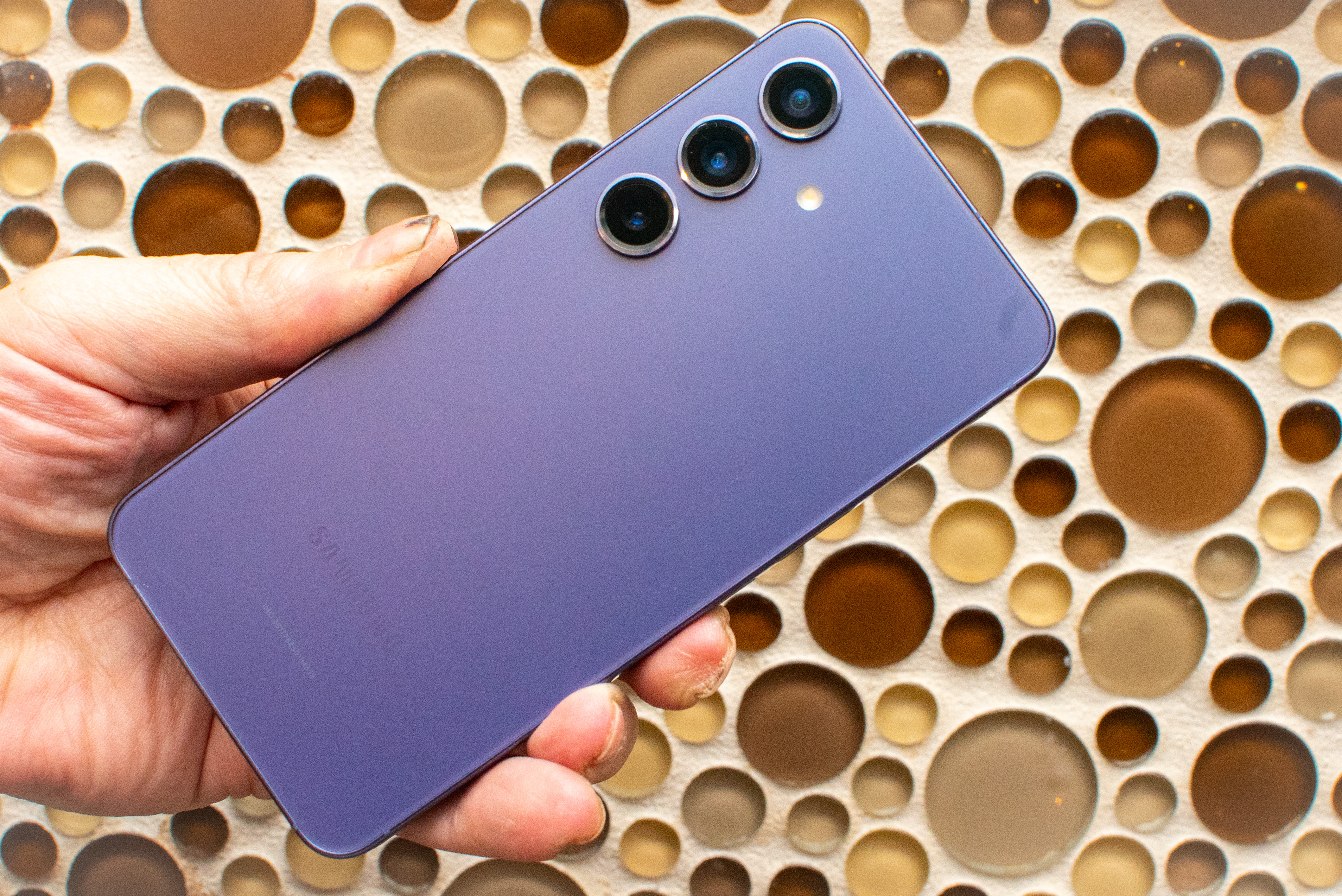Samsung touts big low-light photography gains for the Galaxy S24 – but we're not convinced

Unless you've been living under a rock for the past few months, you'll know that the Samsung Galaxy S24 series suite of cameras makes heavy uses of AI; what you may not of known is how the smart processing can take care of the more challenging aspects of phone photography: low-light shots.
Extolling the virtues of its AI-centric ‘ProVisual Engine’, Samsung highlighted how the Galaxy S24, Galaxy 24 Plus and Galaxy S24 Ultra can capture “the perfect shot on a mobile”.
The crux of this is not only are the neural processing unit behind the engine trained on a library of more than of 400 million image datasets, the smart tech can supposedly combat common challenges that photographers face, such as low-light conditions, fast-moving subjects, and cluttered backgrounds or unwanted objects.
In our Samsung Galaxy S24 review we found that the camera system and the AI processing makes it a worthy contender for a spot on our best camera phones list, and the AI tools work rather well. But it doesn't always beat an iPhone 15 and the Google Pixel 8 handles low-light photos better. Speaking of which let's dig into Samsung's low-light claims.
Light out of night
Low-light conditions have always been an issue for photographers, and this is especially apparent in smartphones, which use smaller sensors than the best DSLR cameras, and as a result can struggle to capture enough light for a detailed photo.
By doubling the physical size of the telephoto camera sensor in the Galaxy S24 Ultra from 12.52mm to approximately 24.47mm, Samsung said the sensor has 60% larger pixels that can capture more light, which translates into more detailed zoomed-in images.
Add in an AI-enhanced image signal processor and a 30% increased shutter speed compared to the Galaxy S23, and Samsung claims users can capture brighter and less noisy images, while details are pulled out of dark shadows and bright highlights.
Sign up for breaking news, reviews, opinion, top tech deals, and more.
However, in our testing Senior Phones Editor Philip Berne noted that low-light photography on the Galaxy S24 Ultra didn't blow him away, with the Google Pixel 8 Pro putting in better results.
Of course, if you're not happy with the low-light photos on your Galaxy S234 Ultra, or indeed the other Galaxy S24 models, then the AI-powered Generative Edit can be used to smartly edit them to your heart's desire without needing any Photoshop skills, just bear in mind you could end up moving into more of an artificial image than an enhanced one.
As for shutter speed, the Galaxy S24 is no slouch for sure. But we've not noticed that it's faster than that of rival Apple and Google phones in real-world use. Ongoing testing and living with the Galaxy phones might highlight those quirks a little more, but it does feel Samsung may be making a mountain out of a molehill here.
Despite or skepticism however, the Galaxy S24 Ultra tops our best Android phones and best phones lists, so is a mighty smartphone with a pair of very good siblings. And there's scope for updates to improve things, just take Samsung's hype with a pinch of salt and don't forget that phones like the iPhone 15 Pro Max, Pixel 8 Pro and OnePlus 12 are all worthy smartphone photography contenders, albeit with their own quirks too.
You might also like
James Ide was a writer for TechRadar specializing in phones and tablets, having previously worked at The Daily Mirror since 2016, covering news and reviews.
James loves messing with the latest tech, especially phones due to their incredibly rapid pace of development.
When not surrounded by various devices and/or tinkering with gadgets while putting them through their paces, James has a love of handheld consoles.
He is almost the textbook definition of a geek, who loves sci-fi, comics, games and of course, all things tech. If you think you have a story for him or just want to challenge him at Smash Bros, get in touch.